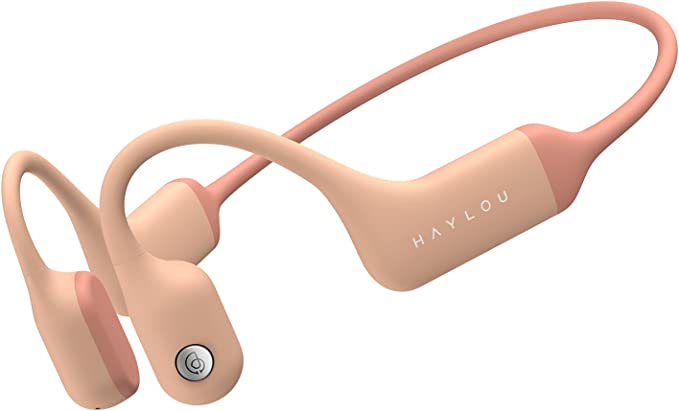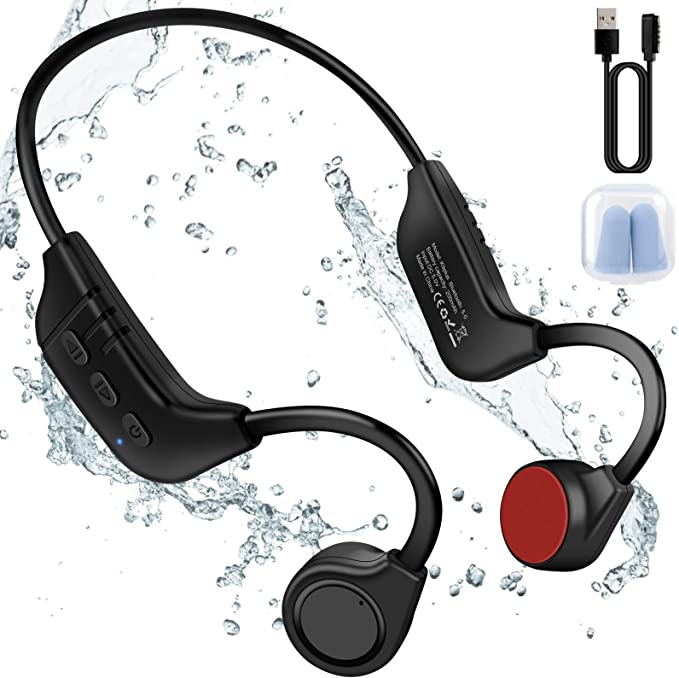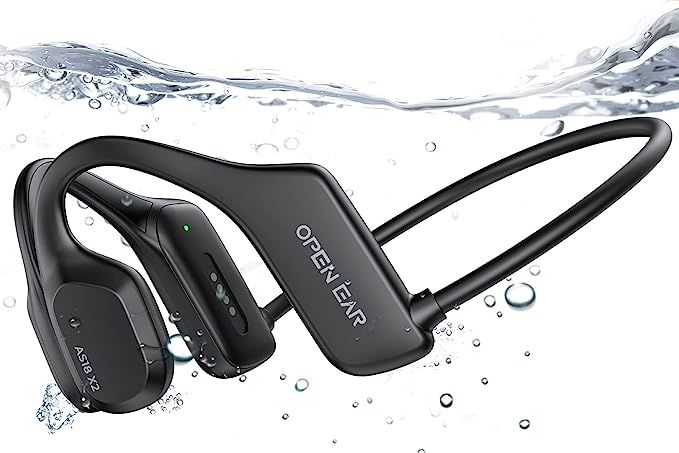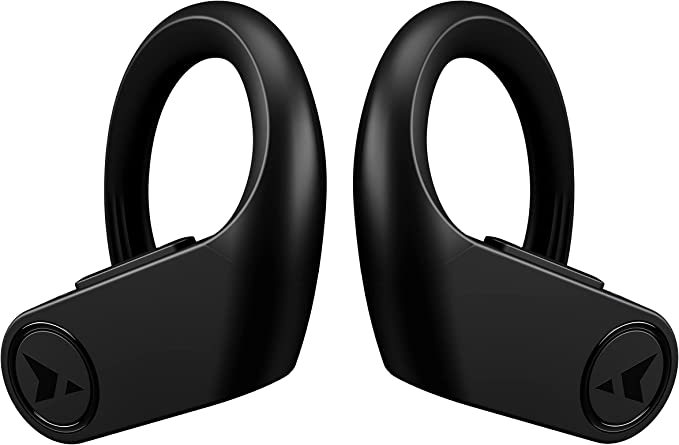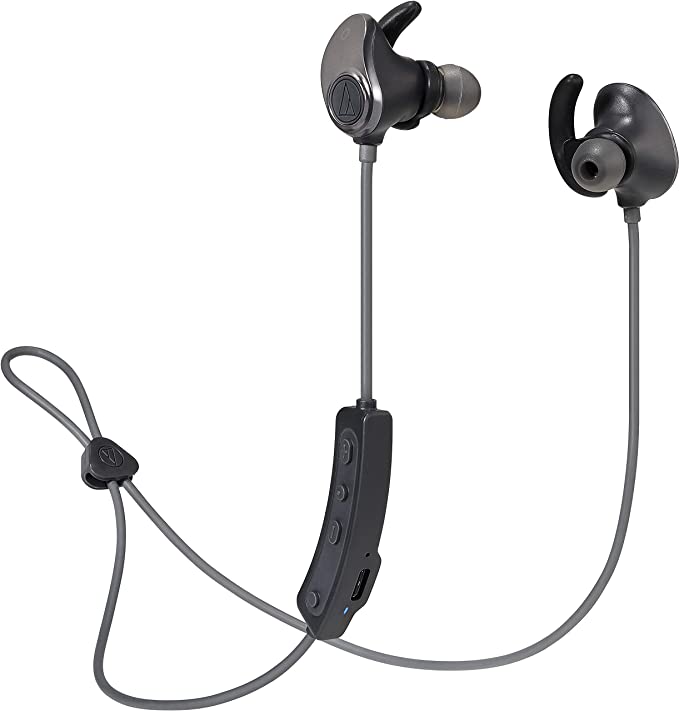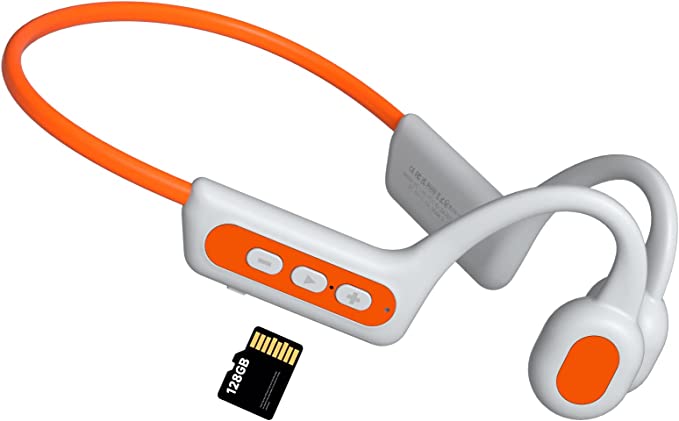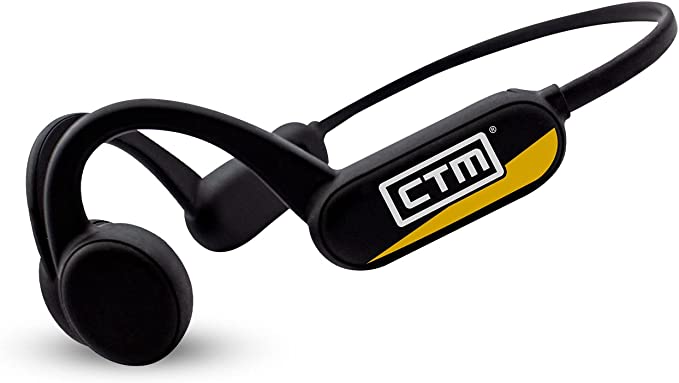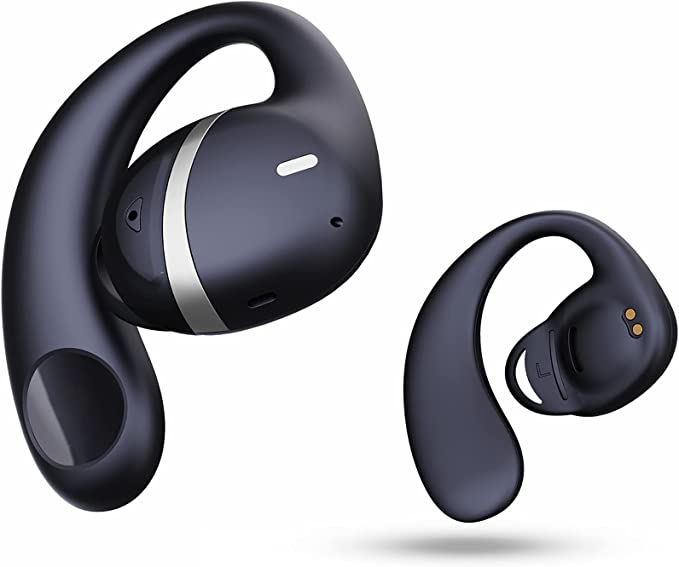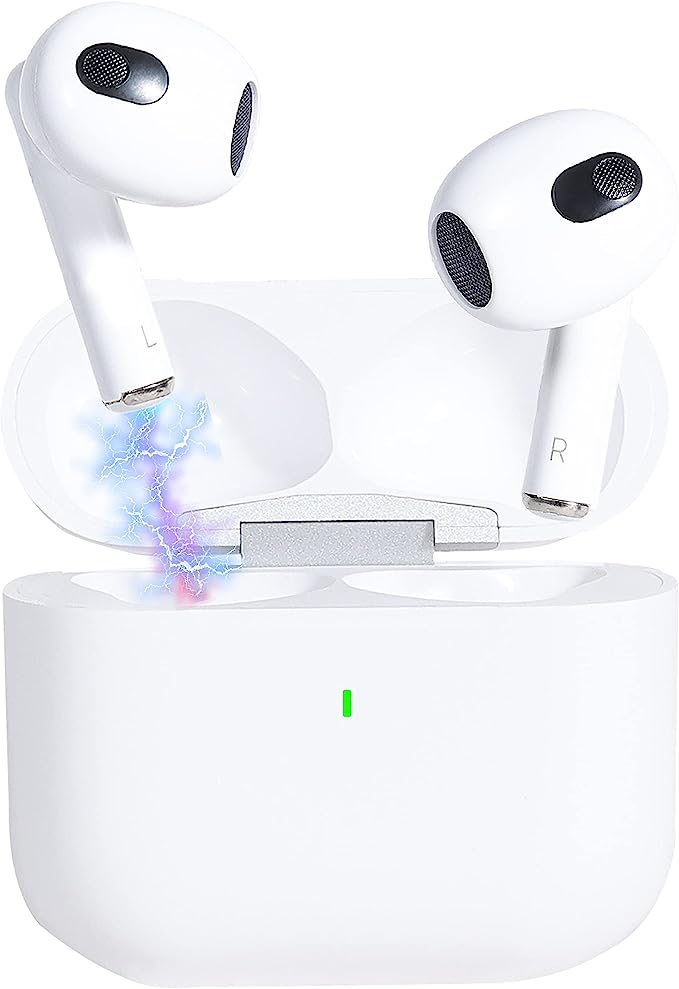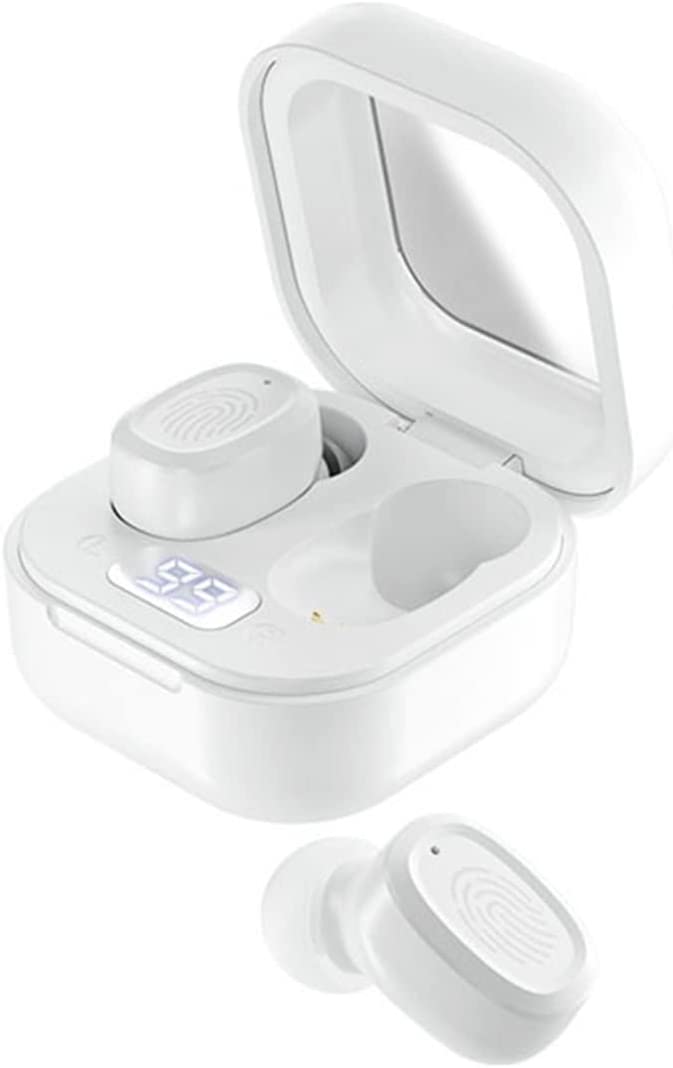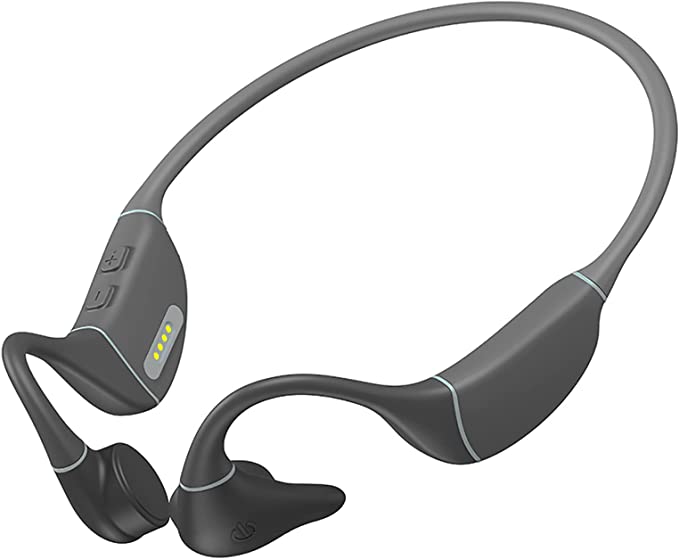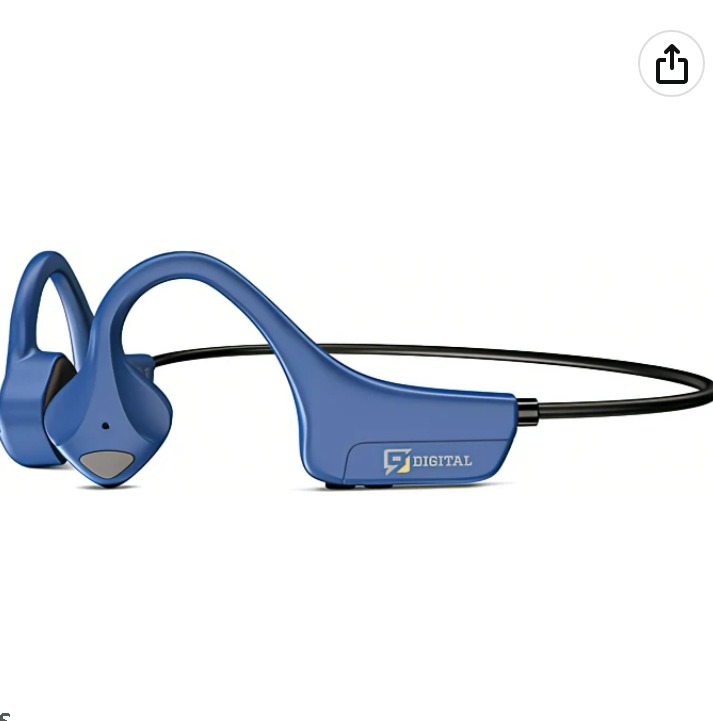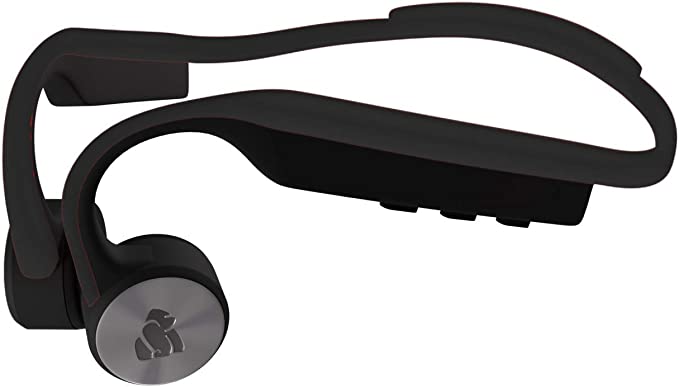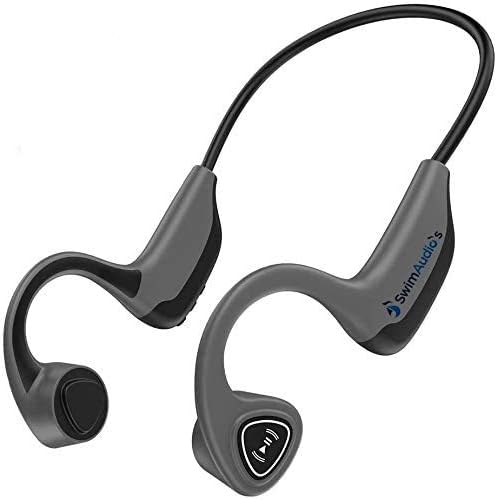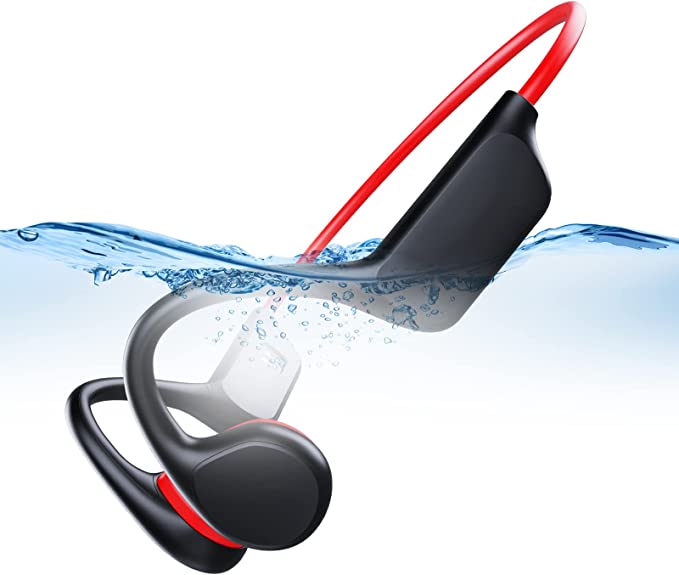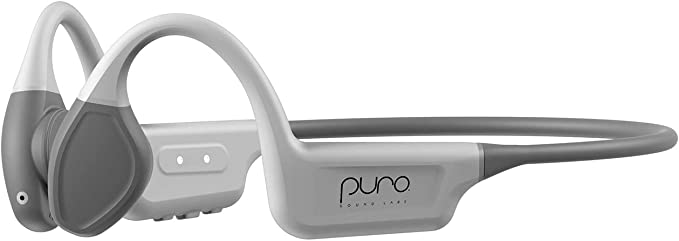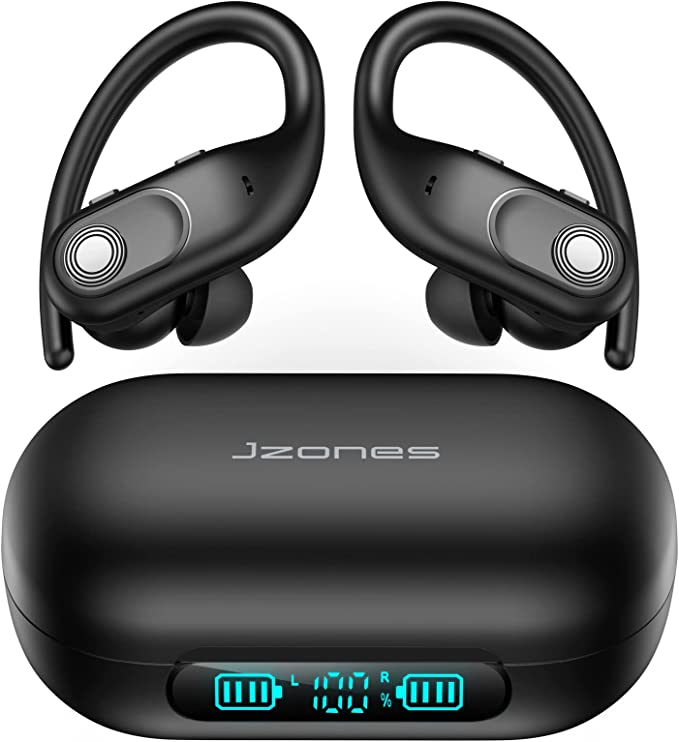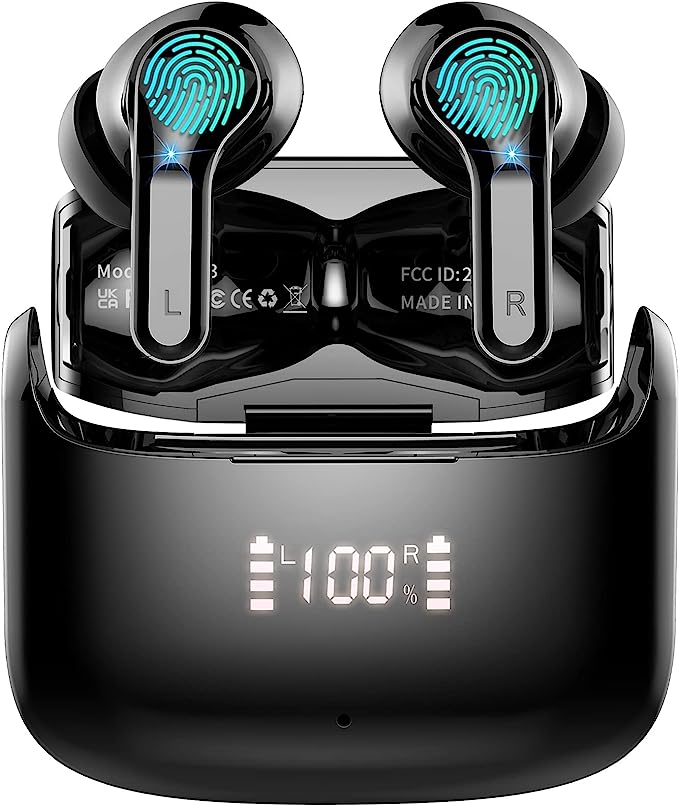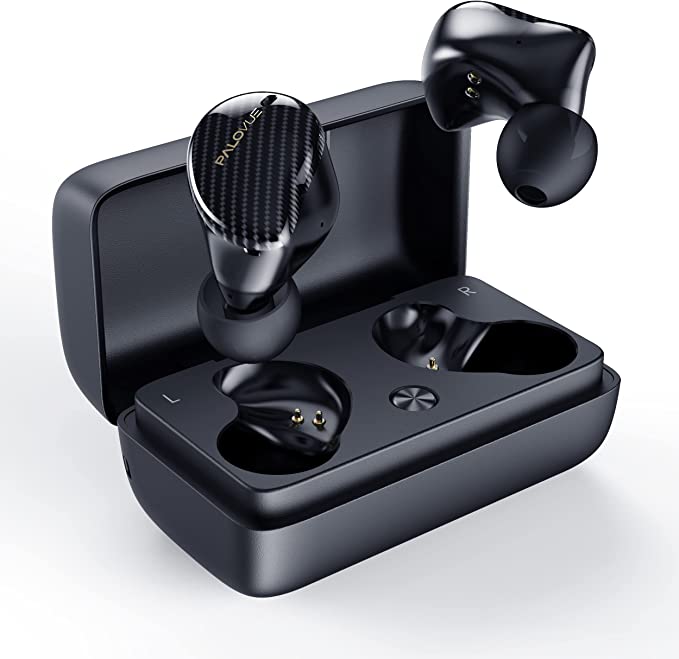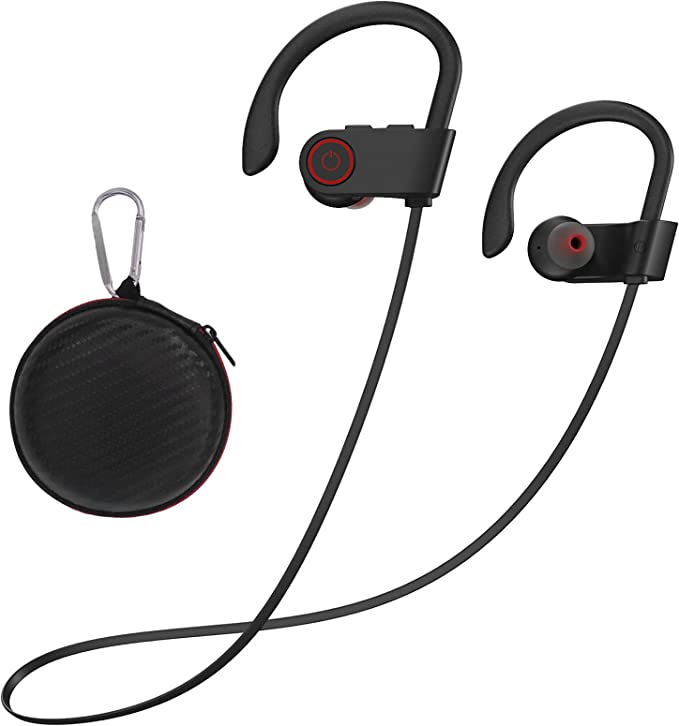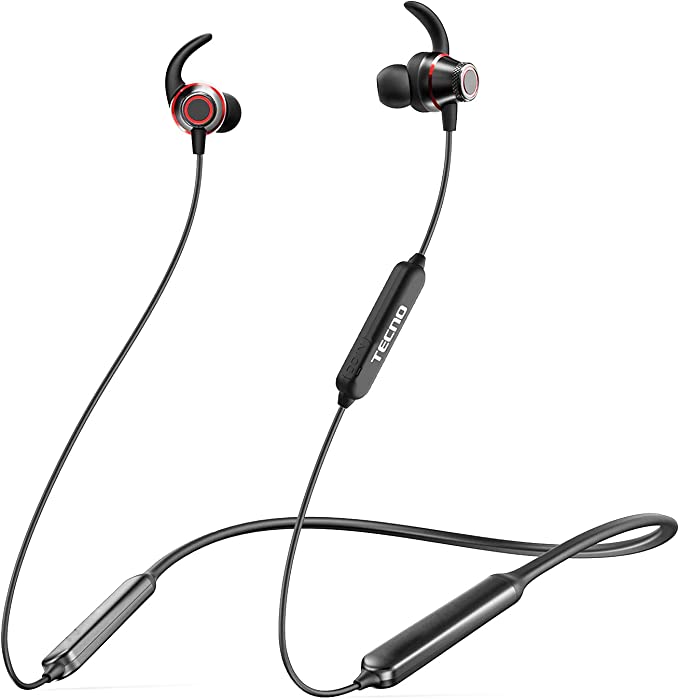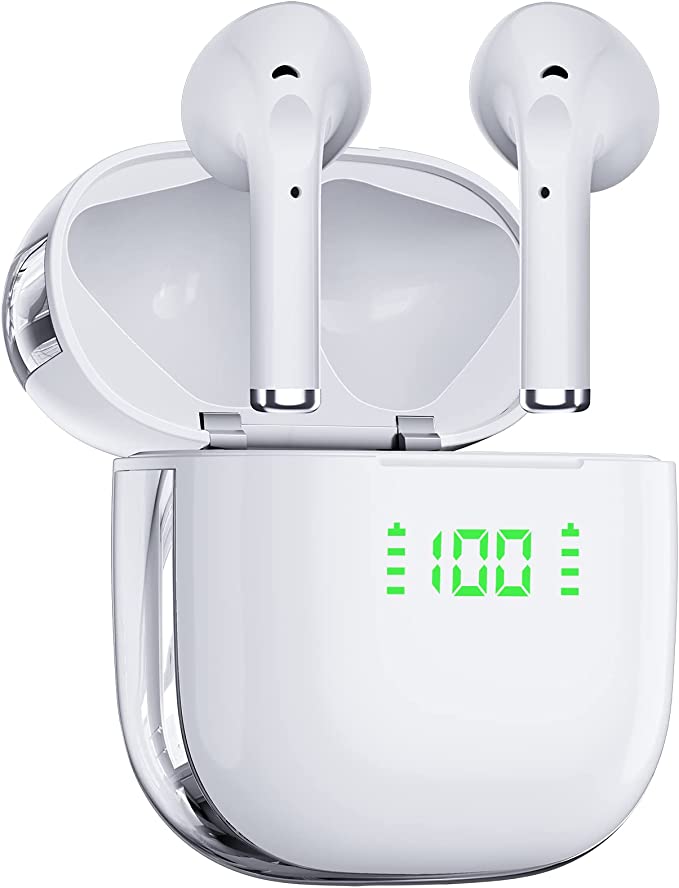OUFUNI BCH-X2-New Bone Conduction Headphones: Open-Ear Sound for Active Lifestyles
Update on Feb. 19, 2025, 2:18 p.m.
Have you ever been so engrossed in your favorite podcast or playlist while running that you completely tuned out the world around you? A sudden car horn, a cyclist’s bell, or even a friendly greeting – all missed. While traditional earbuds offer an immersive audio experience, they also create a barrier between us and our environment. This can be inconvenient, and in some cases, even dangerous. But what if there was a way to enjoy your audio and stay connected to the world?

A Different Way to Hear:
Enter bone conduction technology, a fascinating way of experiencing sound that bypasses your eardrums entirely. Instead of sending sound waves through the air and into your ear canal, bone conduction transmits vibrations through the bones of your skull directly to your inner ear (the cochlea). Imagine it like a private concert happening inside your skull, leaving your ear canals open to hear the world around you.
Beethoven’s Secret:
The concept of bone conduction isn’t new. In fact, it has a surprisingly rich history. One of the most famous (though perhaps apocryphal) examples is Ludwig van Beethoven, the legendary composer who lost much of his hearing in his late 20s. Legend has it that he discovered he could still hear by biting down on a metal rod attached to his piano, the vibrations traveling through his jawbone to his inner ear. While we can’t be entirely sure if that specific story is true, it illustrates the basic principle beautifully. Bone conduction was formally used in early hearing aids, helping individuals with certain types of hearing loss to perceive sound.
How Does it Actually Work?:
Let’s get down to the science. Sound, at its core, is vibration. Normally, these vibrations travel through the air, enter your ear canal, vibrate your eardrum, and then tiny bones in your middle ear (the ossicles) transmit those vibrations to the cochlea, your inner ear. The cochlea, a snail-shaped organ filled with fluid and tiny hair cells, converts these vibrations into electrical signals that your brain interprets as sound.
Bone conduction takes a different route. The headphones, instead of having speakers that project sound into your ear canal, have transducers that rest against the bones of your skull, usually just in front of your ears. These transducers generate vibrations that travel through your cheekbones and other cranial bones directly to the cochlea, bypassing the eardrum and middle ear altogether. The cochlea, stimulated by these vibrations, then sends the same electrical signals to your brain, and you perceive sound.

Beyond the Hype: Bone Conduction vs. Air Conduction:
So, how does bone conduction stack up against traditional air conduction? Each has its pros and cons:
Air Conduction (Traditional Headphones/Earbuds):
- Pros: Generally better sound quality, particularly in the bass frequencies; wider availability and variety of models; better at blocking out external noise.
- Cons: Can block out important environmental sounds, posing safety risks; prolonged use at high volumes can contribute to hearing damage; can be uncomfortable for some users, especially with in-ear designs; potential for ear infections due to trapped moisture.
Bone Conduction (Headphones like the OUFUNI BCH-X2-New):
- Pros: Allows you to hear your surroundings, enhancing safety; more comfortable for some users, especially for extended wear; reduces the risk of ear infections; can be beneficial for individuals with certain types of hearing loss.
- Cons: Sound quality, particularly bass response, is generally not as good as with high-quality air conduction headphones; some sound leakage can occur at higher volumes.
The choice between the two often comes down to personal preference and intended use. If you prioritize situational awareness and comfort, especially during activities like running, cycling, or working outdoors, bone conduction offers a significant advantage.

OUFUNI BCH-X2-New: Open Ears, Open World
The OUFUNI BCH-X2-New bone conduction headphones are designed to take advantage of this unique technology, providing a safe and comfortable listening experience, particularly for active individuals. They rest gently against your cheekbones, leaving your ear canals open.
The Sound of Science: Deep Dive into Features
Let’s take a look under the hood, so to speak, and explore some of the BCH-X2-New’s key features, along with the science behind them:
- Dual Mode Operation (Bluetooth & MP3): The BCH-X2-New offers both Bluetooth 5.2 connectivity and a built-in MP3 player with 16GB of storage. Bluetooth 5.2, the latest iteration of this wireless technology, offers several advantages over its predecessors. It boasts lower power consumption, which translates to longer battery life for your headphones. It also provides a more stable and reliable connection, reducing the chance of dropouts or interference. The built-in MP3 player allows you to enjoy music without needing a separate device, perfect for situations where you don’t want to carry your phone or when you’re out of Bluetooth range. This is possible thanks to flash memory, the same type of non-volatile storage used in USB drives and SSDs, which retains data even when the power is off.

-
Environmental Noise Cancellation (ENC): While bone conduction headphones inherently allow you to hear your surroundings, the BCH-X2-New incorporates ENC technology to improve call clarity. This isn’t about blocking out external noise for the listener; it’s about reducing background noise picked up by the microphone. ENC typically uses multiple microphones and sophisticated digital signal processing (DSP) algorithms. These algorithms analyze the incoming sound, identify and separate speech from background noise, and then suppress the noise, making your voice clearer to the person on the other end of the call. It’s like having a tiny, intelligent sound engineer constantly cleaning up your audio during calls.
-
Lightweight and Secure Design: The BCH-X2-New weighs in at just 29 grams, making it incredibly light. This is crucial for comfort, especially during extended wear. The wraparound frame is made of titanium alloy, a material known for its exceptional strength-to-weight ratio and flexibility. Titanium is also biocompatible, meaning it’s unlikely to cause skin irritation. The ergonomic design ensures a secure fit, preventing the headphones from slipping or bouncing around, even during intense physical activity. The design is adaptable to head sizes, comfortably fitting those whose ear-to-ear length (around the back of the head) is 10 inches or under.
-
Battery Life and Charging: The headphones offer over 6 hours of continuous playback on a single charge, sufficient for most workouts or commutes. The magnetic fast charging feature is a convenient addition, providing up to an hour of playtime with just a 5-minute charge. This is achieved through optimized charging circuitry and a high-quality lithium-polymer battery.
-
Water and Sweat Resistance: Being water and sweatproof is a vital aspect for any device used in active scenarios.
Beyond Music: The Wider World of Bone Conduction:
The applications of bone conduction extend far beyond just listening to music.
- Hearing Aids: As mentioned earlier, bone conduction has a long history of use in hearing aids. For individuals with conductive hearing loss (problems with the outer or middle ear), bone conduction devices can bypass the damaged parts of the ear and deliver sound directly to the cochlea.
- Military and Security Communications: Bone conduction headsets are used in military and security settings, allowing personnel to communicate while maintaining situational awareness.
- Underwater Communication: Because sound travels differently through water, bone conduction can be a more effective way to communicate underwater than traditional methods.

The Future of Sound:
Bone conduction technology is constantly evolving. Researchers are working to improve sound quality, reduce sound leakage, and develop even more comfortable and secure designs. We might see bone conduction integrated into other wearable devices, such as smart glasses or helmets, creating new possibilities for augmented reality and communication.
Listen Responsibly: Protecting Your Hearing, No Matter How You Listen:
Whether you choose bone conduction or traditional headphones, it’s crucial to protect your hearing. Here are some tips:
- Follow the 60/60 rule: Listen at no more than 60% of the maximum volume for no more than 60 minutes at a time.
- Take breaks: Give your ears regular breaks from listening to audio.
- Use noise-canceling headphones (or earplugs) in noisy environments: This can help you avoid turning up the volume to dangerously high levels.
- Get your hearing checked regularly: Early detection of hearing loss is crucial for preventing further damage.

